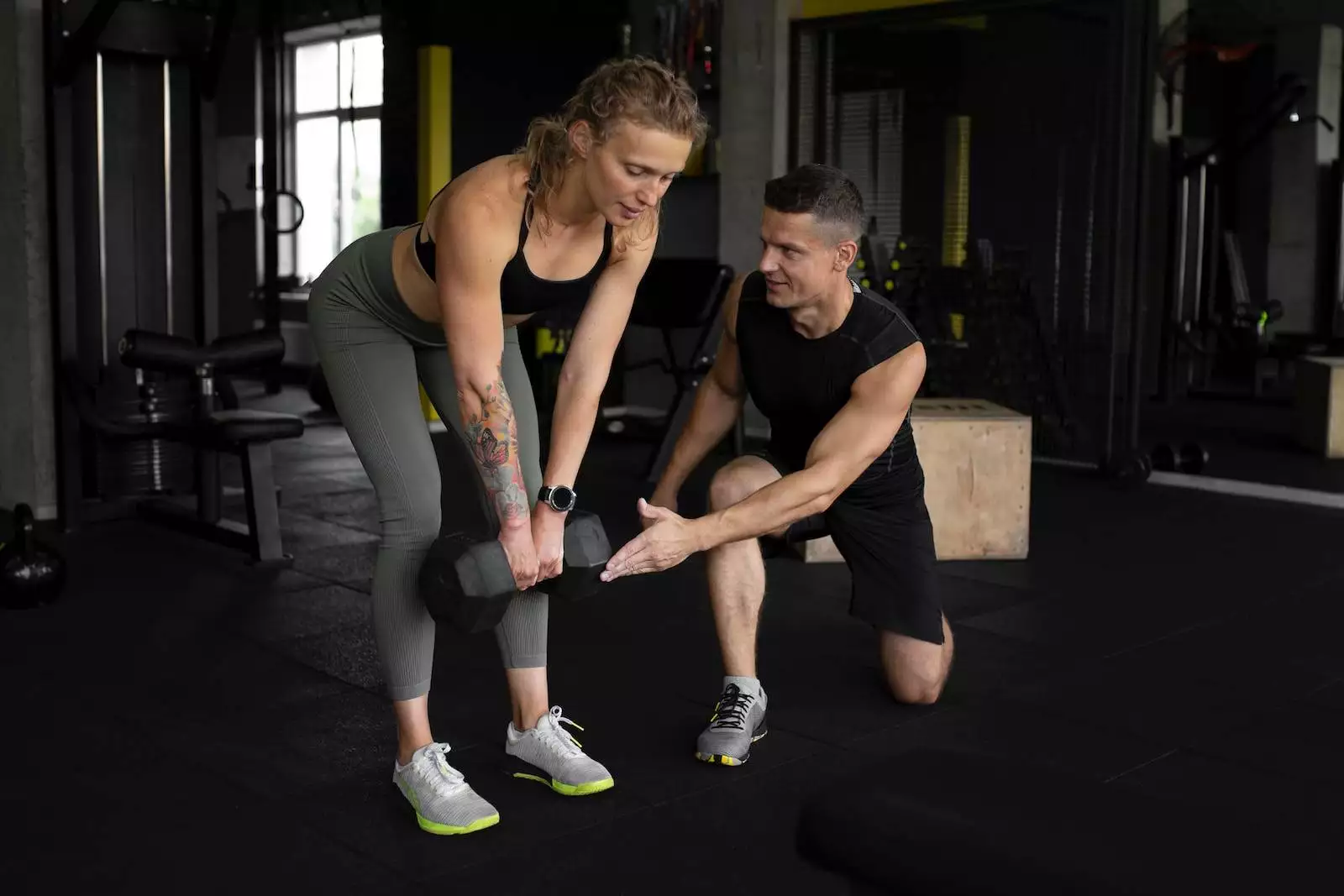Are you passionate about fitness and helping others achieve their health goals? Becoming a certified personal trainer can be a rewarding career choice that allows you to make a positive impact on people’s lives. However, it’s essential to understand the process and requirements for certification to ensure you’re well-equipped to excel in this field. In this article, we’ll provide you with a comprehensive step-by-step guide on how to become a certified personal trainer.
Step 1: Research and Self-Assessment:
Before embarking on your certification journey, it’s crucial to conduct thorough research and self-assessment. Understand the responsibilities and expectations of a personal trainer, and evaluate whether it aligns with your interests and goals. Consider your strengths, weaknesses, and any prior experience in fitness or related fields. This initial step will help you make an informed decision and set realistic expectations for your career.
Step 2: Choose an Accredited Certification Program:
Selecting a reputable and accredited certification program is vital to ensure that your training is recognized and respected in the fitness industry. Look for organizations such as the National Academy of Sports Medicine (NASM), American Council on Exercise (ACE), or the National Strength and Conditioning Association (NSCA). These organizations offer comprehensive curricula, resources, and ongoing support to help you succeed as a personal trainer.
Step 3: Meet the Prerequisites:
Each certification program has its prerequisites that candidates must meet before enrolling. These typically include being at least 18 years old and holding a high school diploma or equivalent. Some programs may also require CPR/AED certification, as it demonstrates your ability to respond to emergencies in a fitness environment. Make sure you fulfill all the necessary prerequisites before proceeding.
Step 4: Enroll in a Certification Program:
Once you’ve chosen a certification program, enroll in the course that aligns with your career goals. Most programs offer flexible learning options, including in-person workshops, online courses, or a combination of both. Consider your learning style, schedule, and budget when making this decision. It’s also beneficial to review the program’s curriculum, course duration, and the support they provide during and after your training.
Step 5: Study and Prepare:
To pass the certification exam, you’ll need to dedicate time and effort to studying the course materials provided by the certification program. Familiarize yourself with anatomy, exercise physiology, biomechanics, nutrition, program design, and other relevant topics. Take advantage of practice exams, study guides, and supplementary resources offered by the program to reinforce your knowledge and boost your confidence.
Step 6: Take the Certification Exam:
Once you feel adequately prepared, schedule your certification exam. The exam format may vary depending on the program, but it generally consists of multiple-choice questions assessing your theoretical knowledge and practical application of training concepts. Stay calm, focused, and manage your time effectively during the exam. Remember, passing the exam is a significant milestone towards becoming a certified personal trainer.
Step 7: Maintain Certification and Continuous Education:
Congratulations on becoming a certified personal trainer! However, the learning journey doesn’t end with certification. To stay relevant and provide the best possible service to your clients, commit to continuous education. Attend workshops, conferences, and seminars to expand your knowledge, stay updated on industry trends, and earn continuing education credits (CECs). Many certifying organizations require trainers to accumulate CECs to renew their certifications periodically.
Step 8: Gain Practical Experience:
While certification equips you with the necessary knowledge, practical experience is invaluable in building your skills as a personal trainer. Seek opportunities to gain hands-on experience, such as internships, volunteering at gyms or fitness centers, or shadowing experienced trainers. Practical experience will enhance your ability to apply theoretical concepts, develop client rapport, and adapt to different training scenarios.
Conclusion:
Becoming a certified personal trainer is an exciting and fulfilling journey for fitness enthusiasts who aspire to help others achieve their health and wellness goals. By following this step-by-step guide, you’ll be well-prepared to pursue your certification, develop your skills, and establish yourself as a competent professional in the fitness industry. Remember, dedication, ongoing learning, and a genuine passion for fitness will pave the way to a successful career as a personal trainer.
You have visited 0 post(s)



















